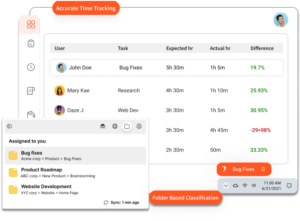In various professional settings, effective communication is paramount, including situations where individuals may require the assistance of sign language interpreters. To ensure a smooth and culturally competent interaction, consider the following tips when working with sign language interpreters.
1. Locating a Qualified Sign Language Interpreter Near You:
- Utilizing Online Directories: Find a qualified sign language interpreter near you using online directories specifically designed for this purpose. Search for “sign language interpreter near me” to identify professionals in your local area.
- Checking Credentials: Ensure that the interpreter holds the necessary certifications and qualifications. Look for credentials such as the RID (Registry of Interpreters for the Deaf) certificate to verify their expertise.
2. Establishing Clear Communication Protocols:
- Pre-Session Briefing: Provide the interpreter with relevant information before the session begins. Share any specific terminology or context that may arise during the conversation to enhance their understanding and performance.
- Encouraging Open Communication: Establish an open line of communication with the interpreter. Encourage them to ask questions and seek clarification to ensure accurate and nuanced interpretation.
3. Understanding Cultural Sensitivities:
- Respecting Deaf Culture: Acknowledge and respect the unique aspects of Deaf culture. Understand that Deaf individuals may have cultural norms, communication styles, and preferences.
- Addressing the Deaf Individual Directly: When conversing through an interpreter, always address the Deaf individual directly. Maintain eye contact and speak naturally, allowing the interpreter to convey your message effectively.
4. Providing Visual Access:
- Optimal Placement: Ensure that the interpreter is positioned in a way that allows clear visibility for all parties involved. Adequate lighting and proper seating arrangements contribute to optimal visual access.
- Avoiding Overlapping Conversations: Maintain a pace allowing the interpreter to convey the message without overlapping conversations accurately. Pause after completing a thought to facilitate clear interpretation.
5. Offering Supportive Materials:
- Providing Written Materials in Advance: If available, share written materials or agendas in advance with the interpreter. This allows them to familiarize themselves with the content and ensures smoother interpretation during the session.
- Sharing Visual Aids: If visual aids or presentations are part of the discussion, share them with the interpreter in advance. This preparation helps them incorporate visual information seamlessly into their interpretation.
Conclusion:
Effective collaboration with sign language interpreters fosters cultural competence and ensures meaningful communication. Recognizing the importance of cultural competence in working with sign language interpreters enhances communication and promotes a more inclusive and equitable environment. These tips are a foundation for building positive relationships with interpreters and creating a space where effective communication can thrive!





